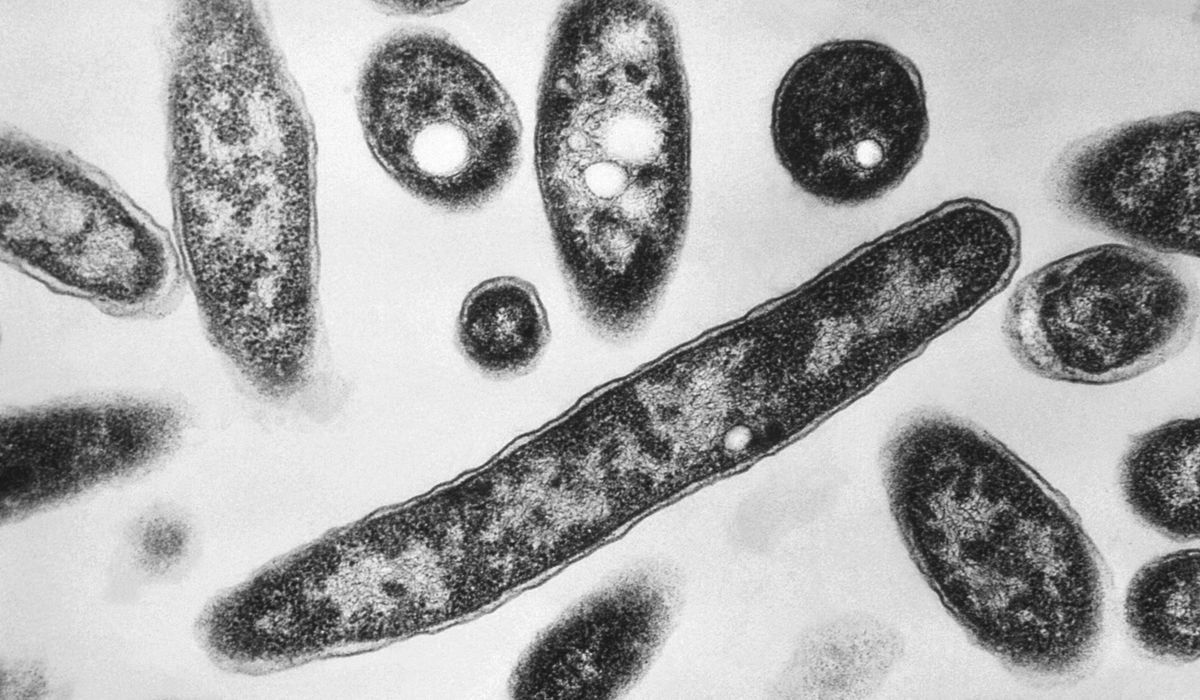


The death toll from Legionnaires’ disease reached four this week after another three people in New York City died from the illness. The bacteria causing the outbreak was detected in 10 buildings in Harlem.
New York City Health Department officials said they first identified the cluster of Legionnaires’ disease cases on July 25. On July 30, there were 22 diagnoses and one death. As of Friday, the number of diagnosed cases in five Harlem ZIP codes was up to 101 with 15 hospitalized and four dead, health officials said.
Legionnaires’ disease, a type of pneumonia, is caused by Legionella bacteria that can grow in warm water, including the water found in the cooling towers of buildings. People get infected by the bacteria via water vapor.
New York City health officials said 12 cooling towers in 10 buildings tested positive for the bacteria.
As of Thursday, crews had remediated 11 of the towers with the last one undergoing remediation Friday. Affected buildings included apartment complexes, a health department sexual health clinic, a teaching hospital and a City University of New York building.
One of the affected buildings, the Wharton Properties building on West 125th Street, had three of its eight cooling towers affected, city health officials said. The building houses a TD Bank, Whole Foods grocery store and multiple other shops.
“Our hearts go out to everyone impacted by this cluster of Legionnaires, in particular the friends and loved ones of the three New Yorkers we lost to this disease. … New Yorkers should know the air is safe to breathe, and we are seeing declining numbers of new cases each day. I want to thank the health workers who worked tirelessly to treat this community,” New York City Mayor Eric Adams, a Democrat, said Thursday.
Symptoms of Legionnaires’ disease develop within two days to two weeks of infection. Symptoms can include fever, muscle aches, shortness of breath, headaches and coughing, and in some cases can include diarrhea, confusion and nausea, according to the Centers for Disease Control and Prevention.
• Brad Matthews can be reached at bmatthews@washingtontimes.com.
